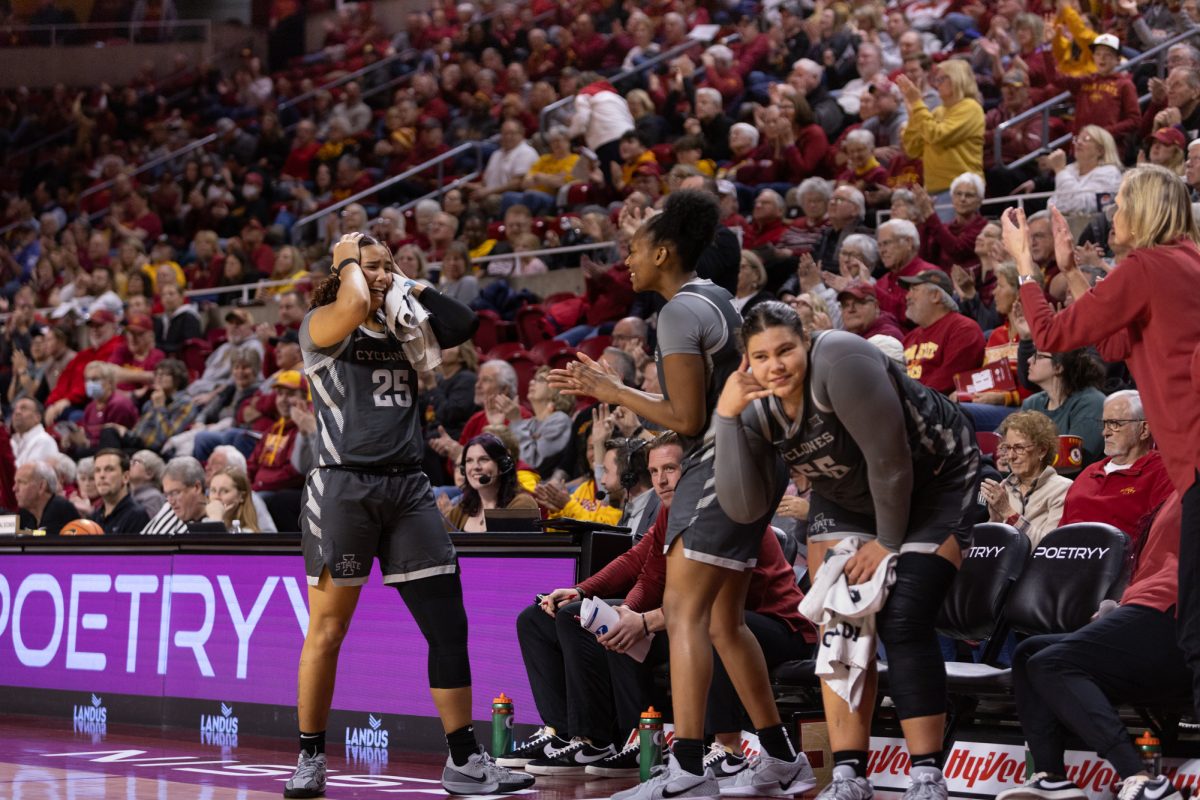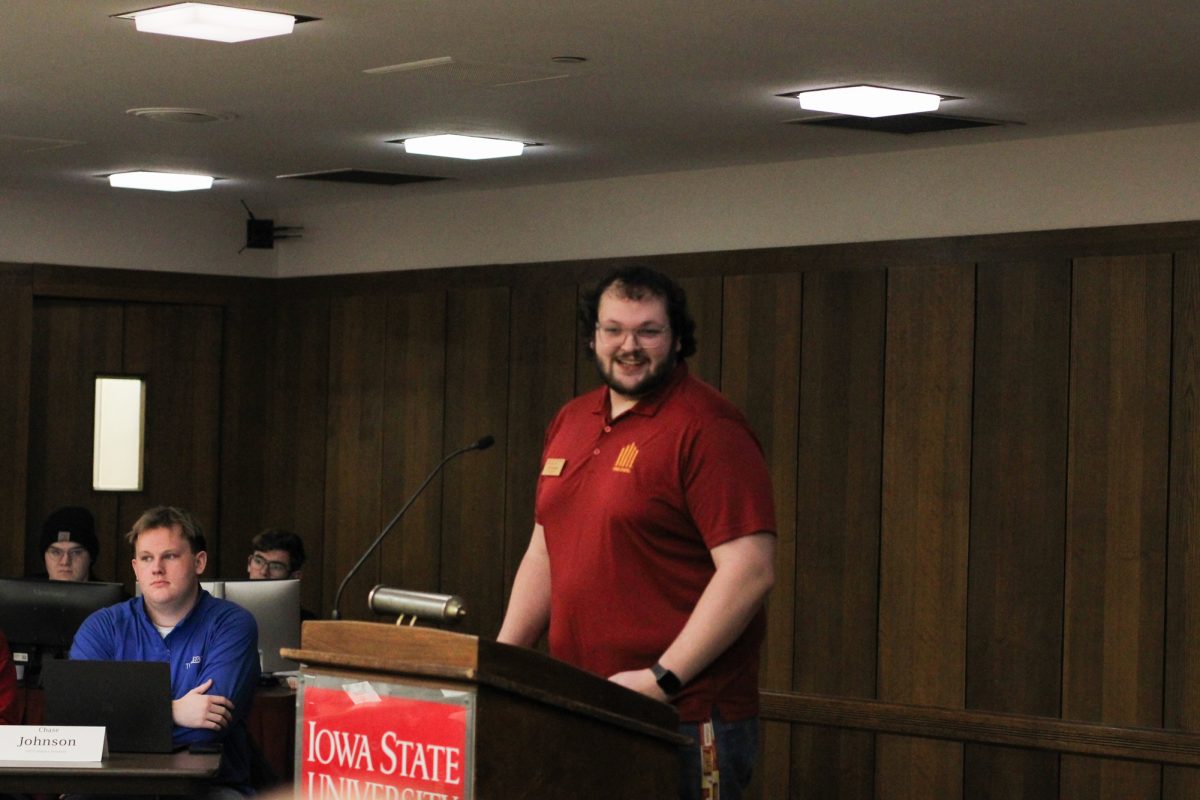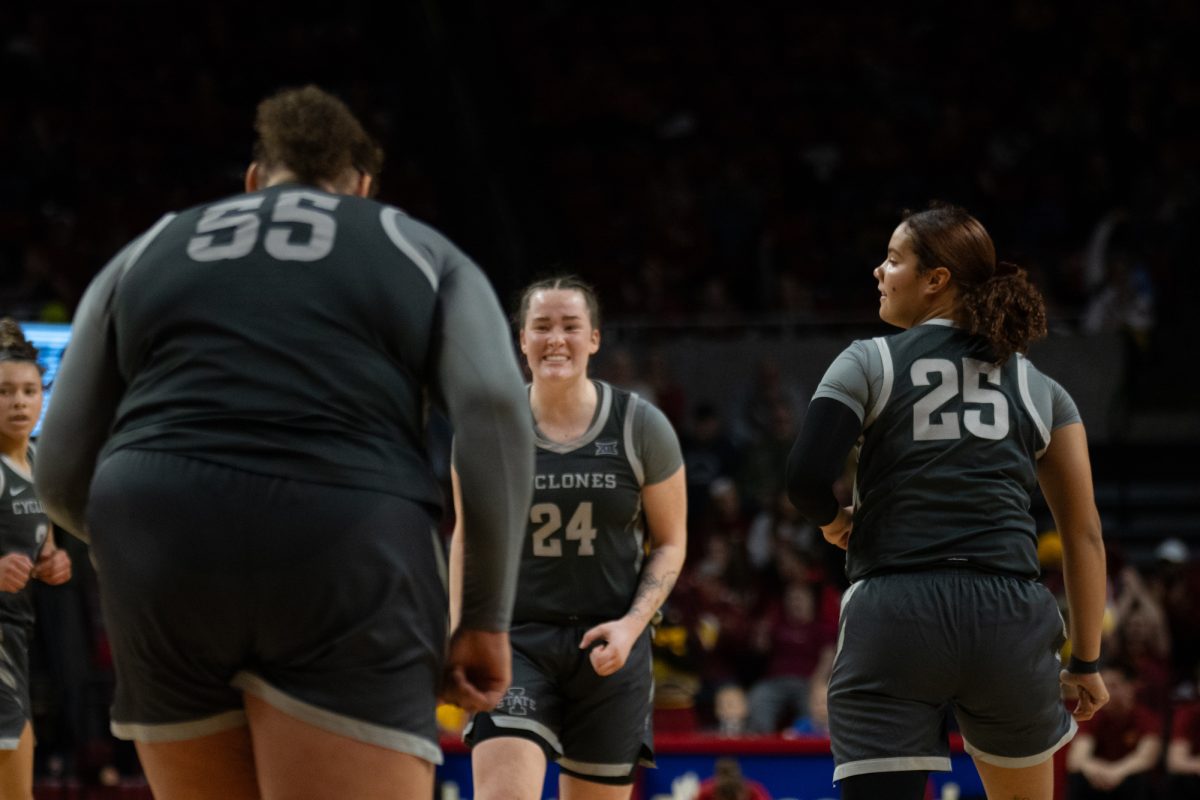Loft rules may require rail use
February 8, 2002
New Department of Residence regulations for loft safety may be enforced in the fall.
Residence officials are considering revisions to the current loft policy to require that lofts meet ISU and state fire marshal regulations.
Under new regulations, university officials may inspect the construction and maintenance of lofts and require students to use guard rails.
Virginia Arthur, associate director of residence life, said the Department of Residence may decide to approve certain designs and vendors students can use.
“It may be part of the policy where students can buy lofts from approved vendors or build a loft with an approved design,” she said.
Not all lofts currently meet the regulations of the state fire marshal, such as having a minimum distance between lofts and the ceiling, said Lou Mitchell, associate director of environmental health and safety.
“Some students will have their loft within 12 inches of the ceiling, which is a violation of the state fire code, as well as hazardous to their safety,” he said.
The university has considered not having lofts in the residence halls because of the general safety issues surrounding them, Mitchell said.
“Lofts are an area which students abuse and put themselves at risk,” he said. “It’s been recommended that the university contemplate banning lofts if they’ve been abused as they have been.”
Mitchell said he believes in the importance of guard rails and the safe use of lofts.
“We have to make sure that we are not in some way allowing lofts to be hazardous to students,” Mitchell said.
During winter break, students in some residence halls received rails and ladders to accompany university-issued lofts.
Ben Welter, freshman in political science, lives in Maple Hall, which was issued guard rails and ladders in December.
“We have three beds stacked on top of one another, so the ladders and guard rails kind of get in the way,” he said.
Even if a more strict regulation were enforced, Welter said, he still wouldn’t use the loft rails.
“Our beds probably don’t meet restrictions right now, so I don’t see what the difference would be,” he said.
Some students will be happy to see the revision, as the current approved lofts don’t meet their personal safety standards.
Erica Parr, freshman in art and design, said she feels safer with the guard rail on her loft.
“I’ve never fallen out,” said Parr, a resident of Linden Hall. “I’m just not used to sleeping in a bed at least six feet off the floor.”
Parr said she is the only person on her floor with guard rails on her bed.
“There are a couple of girls on my floor who rented the university lofts,” Parr says. “They chose not to have the option of a guard rail.”
While Parr is grateful for the guard rails on her bed, some students don’t think the added safety is necessary.
Larch Hall resident Gabe Henkes, sophomore in computer engineering, said he bought his current loft from other students and feels perfectly safe without either a guard rail or ladder.
“Guard rails aren’t really important,” he said. “Right now, I have one of the best lofts I’ve ever seen. The free-standing lofts are pretty sturdy, too. You just have to tighten the screws every once in a while.”
The university most likely will opt for an existing loft design, not create a new one, if the policy does change, Mitchell said.
“There may be a list for minimum standards, such as height and dimensions, that lofts may have to meet before being allowed for use,” he said.
This kind of policy is not new to universities, Arthur said.
“This type of policy is very common across the country with institutions that allow lofts,” she said.






